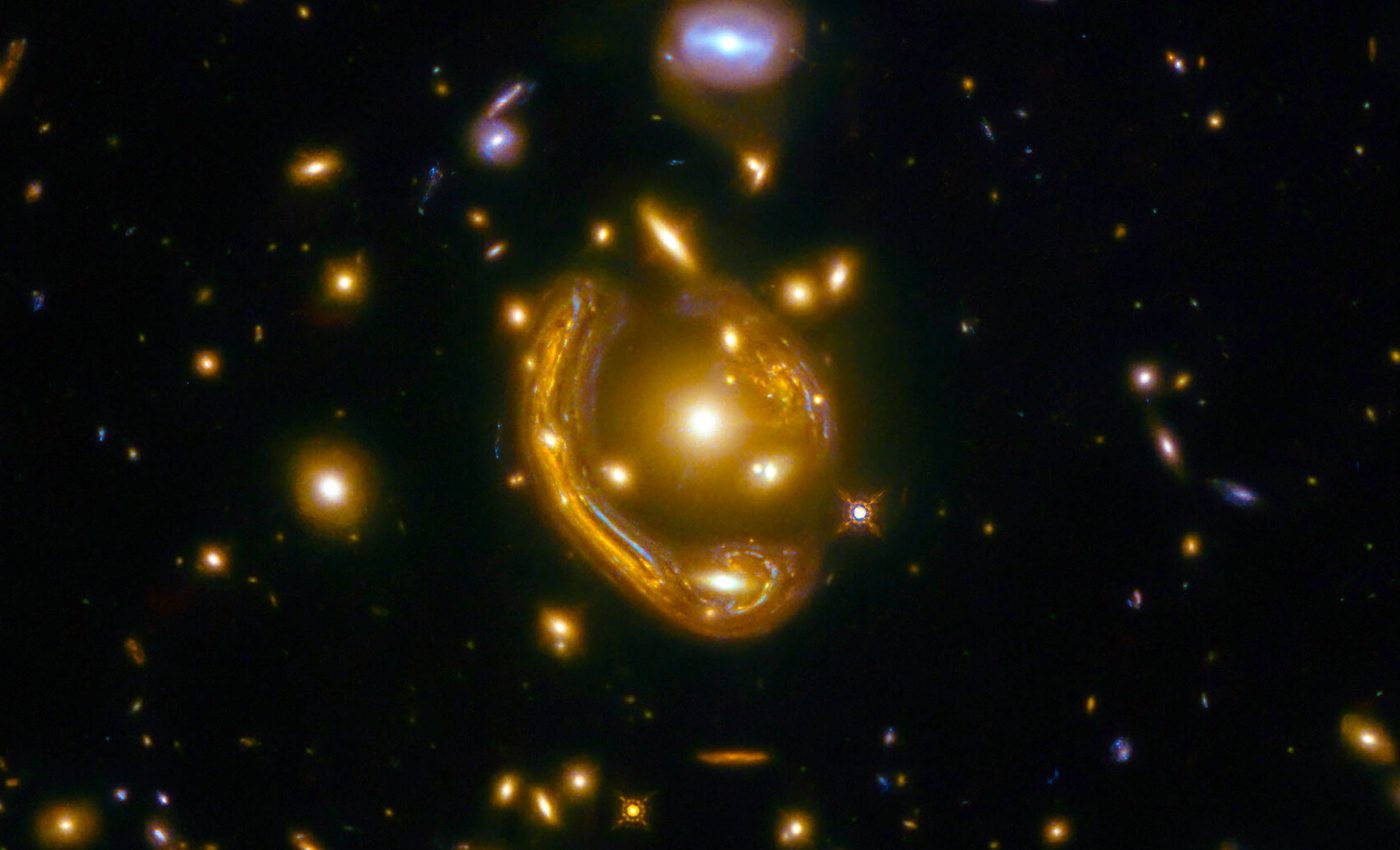
Dark matter's cosmic influence extends much farther than previously known
Prepare to rethink what you believe about the universe’s darkest secrets. Some innovative researchers have unveiled new findings on dark matter that may necessitate a pivot in the field of cosmology.
They have unexpectedly stumbled upon novel evidence that could send ripples through our comprehension of the cosmos.
One path-breaking scholar in this field is Tobias Mistele, a post-doctoral researcher at Case Western University engaged in the study of astronomy.
Mistele, an innovative force in his field, has pioneered a technique that uses gravitational lensing to penetrate the elusive mysteries of dark matter.
Galaxy rotation curves and dark matter
His brilliant work has shed light on a surprising phenomenon: the rotation curves of galaxies continue flat as far as the eye can see, or rather, as far as our telescopes can detect.
This is a direct contradiction to the previous belief that these curves must fall off the further you look into the abyss of space.
Diving deeper into the ways galaxies operate, we encounter more mysteries that throw scientists off. Based on Newtonian gravity, it would seem logical for stars situated on the outer edges of galaxies to move slower due to the lower gravitational pull, yet the observable reality has proven otherwise.
Initially, this peculiar behavior was explained by the unseen presence of dark matter. However, even the influence of dark matter halos should taper off at some point, leading to an expected decline in flat rotation curves.
But Mistele’s careful analysis paints a different picture: the influence of this so-called dark matter stretches at least a million light-years from the galactic center, far beyond our previous estimations.
Challenging existing dark matter theories
The extensive reach of what we’ve been calling ‘dark matter’ brings into question whether our current understanding of dark matter is even accurate.
“This finding challenges existing models, suggesting there exist either vastly extended dark matter halos or that we need to fundamentally reevaluate our understanding of gravitational theory,” Mistele explained.
This upheaval of established ideas pushes us to think beyond what we’ve accepted as truth for so long.
Backing up Mistele’s work, Stacy McGaugh, professor and director of the Department of Astronomy, lauds the profound implications of this discovery.
“It not only could redefine our understanding of dark matter but also beckons us to explore alternative theories of gravity, challenging the very fabric of modern astrophysics,” McGaugh remarks.
Wit and wisdom of Einstein still at play
The crucial technique in Mistele’s research is gravitational lensing, predicted by no other than Albert Einstein himself, in his theory of general relativity.
This intriguing phenomenon occurs when the mass of an object — such as a galaxy cluster or even a single massive star — bends the path of light from a different source.
The bending happens because the object’s mass distorts spacetime around it, and it seems to continue over much larger scales than anticipated.
“Mistele’s discovery underscores the necessity for further exploration and collaboration within the scientific community — and the possible analysis of other data,” McGaugh states.
It is this spirit of collaboration and exploration that will guide the next steps in this exciting chapter of cosmic research.
Where do we go from here?
The core takeaway from these findings is that the mysteries of the universe might be even more profound than we initially thought.
Either our understanding of dark matter needs to be expanded, or perhaps, as McGaugh pointedly remarks, “the whole paradigm is wrong.”
Some have even suggested that existing evidence for dark matter could be pointing to a new theory of gravity that surpasses what Einstein taught us.
Regardless of the path forward, one thing is clear: we’re on the cusp of a paradigm shift, and the scientific community is more eager than ever to embrace it.
In summary, the startling discovery that the influence of dark matter extends much farther than previously thought presents a whole new level of complexity to our understanding of the cosmos.
Whether we’re headed towards an expanded view of dark matter or a fundamentally new theory of gravity, this important research signifies a pivotal moment in the field of cosmology.
The full study was published in the journal arXiv.
—–
Like what you read? Subscribe to our newsletter for engaging articles, exclusive content, and the latest updates.
Check us out on EarthSnap, a free app brought to you by Eric Ralls and Earth.com.
—–














